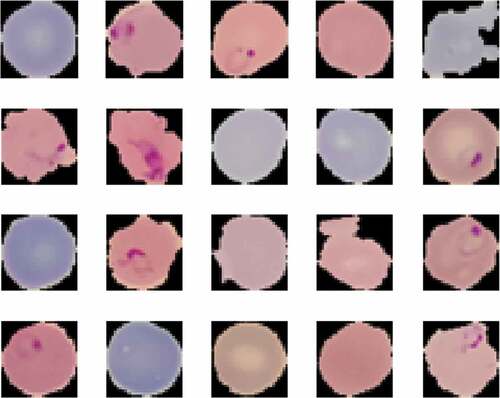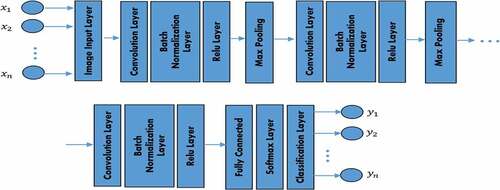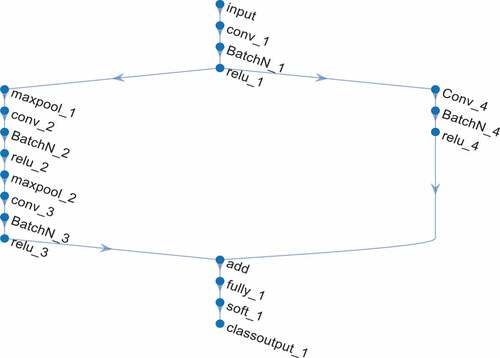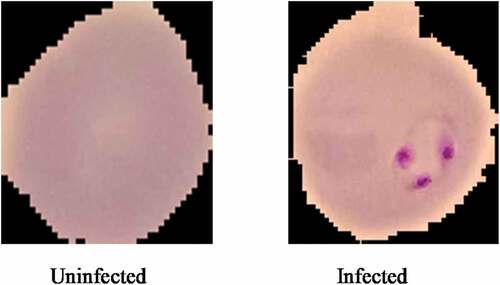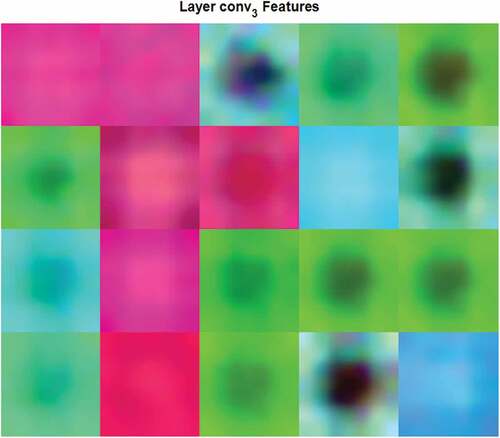Figures & data
Table 1. Summary of all the related works with other algorithms and contributions.
Figure 4. Schematics of reinforcement learning. The critic is intended to assess the quality of situations for the current situation
.
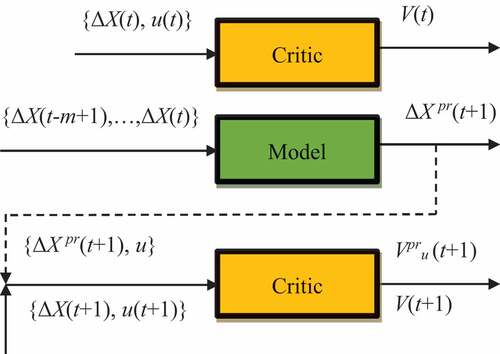
Table 2. Performance evaluation of models based on MAE, RMSE, and MASE.
Table 3. Performance metrics of CNN of malaria blood sample images.
Table 4. Performance metrics of DAGCNN of malaria blood sample images.
Table 5. Performance metrics of DACNN of malaria blood sample images.
Table 6. Overall evaluation of CNN, DAGCNN, and DACNN models based on , and
.

